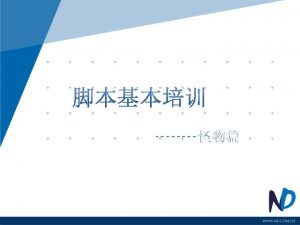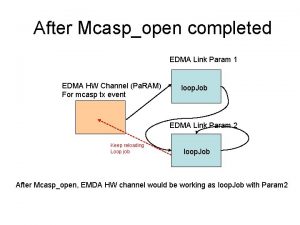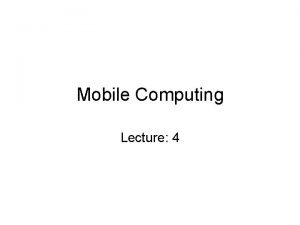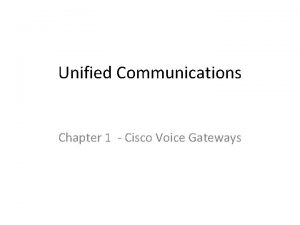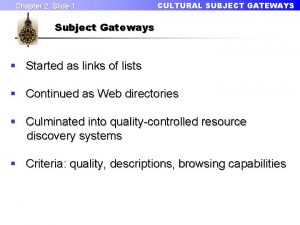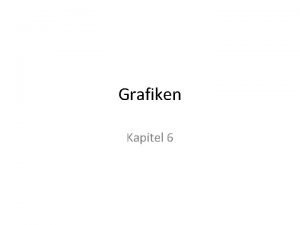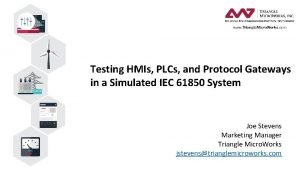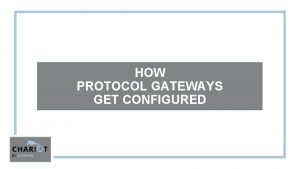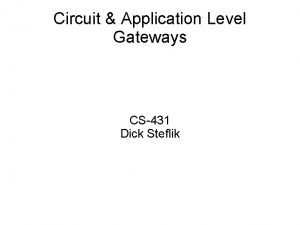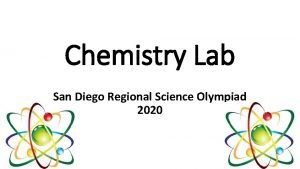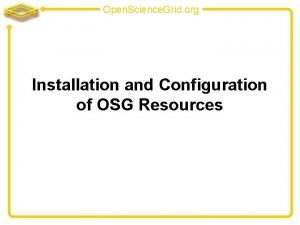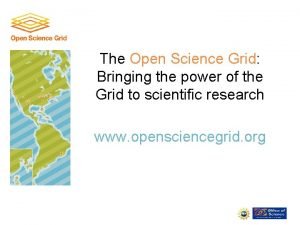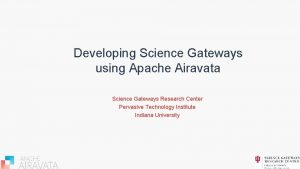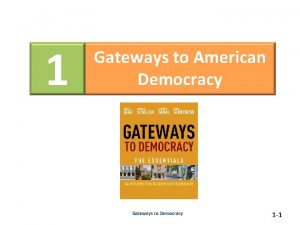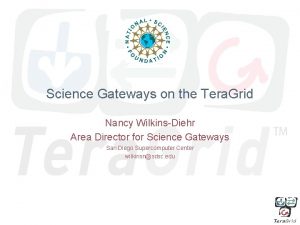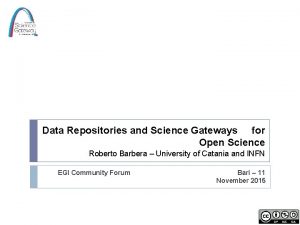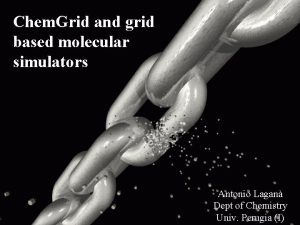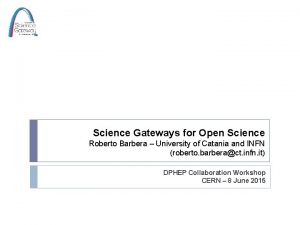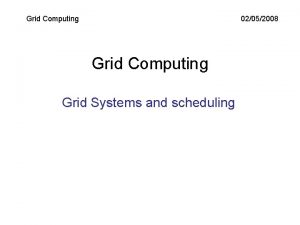Grid Chem and Param Chem Science Gateways for

















- Slides: 17

Grid. Chem and Param. Chem: Science Gateways for Computational Chemistry (and More) Marlon Pierce, Suresh Marru Indiana University Sudhakar Pamidighantam NCSA

Computational Chemistry Grid (“Grid. Chem”) • Science Gateway that provides access to high performance computing resources for chemistry and engineering. – Java desktop client – Service oriented middleware • “Deep” usage of XSEDE and campus resources • www. gridchem. org

Grid. Chem Stats Attribute User Community Available applications Value > 400 registered users Gaussian, GAMESS, NWChem, LAMMPS, Amber, GROMACS, NAMD, Molpro, DMol 3, DDSCAT, CHARMM, Abaqus, Fluent Available Resources Ember (NCSA), Trestles (SDSC), Blacklight (PSC), Gordon (SDSC), and Forge (NCSA) Usage > 7000 jobs consuming > 194, 000 SUs since 31 Aug 2010 > 50 publications, 4 Theses > 40, 000 experiments stored in the Grid. Chem DB Scientific Papers Scientific results managed

Param. Chem www. paramchem. org • Param. Chem builds on Grid. Chem/CCG infrastructure to support investigation in the molecular force field parameterization problem. • This is a multi-step process (workflow) – Requires some interactivity, human review and decisions at intermediate steps. • Param. Chem uses Apache Airavata as the workflow tool.

Parameterization Process Vanommeslaeghe et al. J. Comp. Chem 2010, 31, 671 -690

Molecular Force Field Cyberenvironments Parameter Initialization and optimization workflow Workflow Manager Parameter definitions Optimization Monitor Model/Reference Data Definition Merit Function Specification Optimization Incomplete? Expert Interface Optimization Job Completed? Parameter Testing Validation Model Successful Testing Optimization Methods Choice Parameter Sensitivity Analysis Consistency Checker Update Parameter Database with new set Optimization Job Launcher Notification of End of Workflow

Param. Chem Workflow in Airavata

Workflow steps 1 -3 in Dihedral Parametrization

Steps 3 -4 in Dihedral Optimization and Validation

Acknowledgements • Support for Grid. Chem/Param. Chem integration with Apache Airavata from NSF OCI 1032742 - SDCI NMI Improvement: Open Gateway Computing Environments • Thanks to Sudhakar Pamidighantam (NCSA) and team for help with slides and demo.

Backup Slides

Force Field Parameterization • Molecular Force Fields require constant improvement as new reference data becomes available • New molecular systems become amenable for computational analysis • New models/potential energy functions/Hamiltonians force are established • Coverage of force fields should constantly be extended to cover new fields of research/new functionality

Paramchem CGen. FF Workflow Steps Schematic 1: Generate structure & input for Gaussian MP 2 optimization and frequencies 2: Run Gaussian MP 2 optimization and frequencies 3 A 1: Generate inputs for Gaussian HF water interactions 3 A 2: Run Gaussian water interaction (in parallel) 3 A 3: Collect results of Gaussian water interactions 3 B: Generate input for CHARMM water interaction 3 C: Run CHARMM water interactions, optimize charges 4 A: Prepare and run CHARMM and MP 2 molvib and quick measurements 4 B: Optimize bond, angle and improper parameters using molvib and quick measurements 5 A 1: Setup Gaussian potential energy scans parallel 5 A 2: Run Gaussian potential energy scans in 5 A 3: Collect results of Gaussian potential energy scans 5 B: Run CHARMM potential energy scans and optimize dihedral parameters 6: Re-optimize charges

Paramchem CGen. FF Workflow Steps Schematic as a DAG 3 A 2 3 A 3 3 A 1 3 A 2 1 3 B 3 C 4 B 2 5 B 4 A 6 5 A 2 5 A 3 5 A 1 5 A 2

Cyberenvironments for Molecular Force Fields • Extension of currently available models, with the resulting • • parameters sets to be made available publicly Databases of experimental and quantum mechanical reference data to be used in the parameterization process Integration of computational resources for data acquisition, automation of QM reference data generation Automation of Extensible infrastructure for parameterization management for rapid and systematic parameterization of existing and novel Hamiltonians (empirical and semiempirical) Systematic improvement of parameter optimization processes

Cyberenvironments for Parameterization Computational Reference Data Generation

Initial Parameter Assignment • Parameter Assignment by analogy – For a given molecule, generate a list of missing parameters – In the case of a missing angle parameter ABC, take one of the outer atoms types (A or C), and look at different branches – continue moving up tree ⇒ gradual degradation of quality; quality/penalty score • Assignment of charges by analogy – bond charge increment and/or electro-negativity equalization – use the existing set of model compounds as a training set Generate Initial Guess for Optimization
 Param 1
Param 1 Param 1
Param 1 Lga vs pga
Lga vs pga Behaviour management middleware
Behaviour management middleware Unified communication gateway
Unified communication gateway Gateways to art 2nd edition
Gateways to art 2nd edition Pfa compliance checklist
Pfa compliance checklist Examples of subject gateways
Examples of subject gateways Bpmn gateways
Bpmn gateways Firewall
Firewall Pstn
Pstn Protocol gateways
Protocol gateways Protocol gateways
Protocol gateways Application level gateways
Application level gateways What is your favorite subject answer
What is your favorite subject answer Science olympiad experimental design practice test
Science olympiad experimental design practice test Open science grid
Open science grid Open science grid computer
Open science grid computer
